(Featured image taken from aquilleali).
A sea of flamboyant feathers as far as the eye can see. The rhythm of the music that penetrates your soul and sprouts out of your body in the form of dance movements. The streets are filled with pulsating energy, and it is impossible not to take in the atmosphere and let it carry you away. It is more than a festival, more like an utopia. No wonder why they call carnival in Trinidad & Tobago “the greatest show on earth”. In this blog post, I’ll explore the concept of the culture industry and its connection to Trinidad Carnival, as well as the significance of this cultural phenomenon and its roots in traditional celebrations. In addition, I will discuss how tradition and commercialization collide, the impact of carnival as a tourist attraction, and highlight its role as a powerful form of resistance and empowerment.
But first, to understand the cultural significance of Trinidad Carnival, it is important to first define the concept of the culture industry. According to Horkheimer and Adorno in “The Culture Industry: Enlightenment as Mass Deception,” the culture industry refers to the production of mass culture and entertainment that serves as a mechanism of social control and ideological manipulation. With its contagious music, bedazzling costumes, and lively performances Trinidad Carnival can be seen as a prime example of the culture industry in action, offering an unforgettable experience for both locals and tourists.
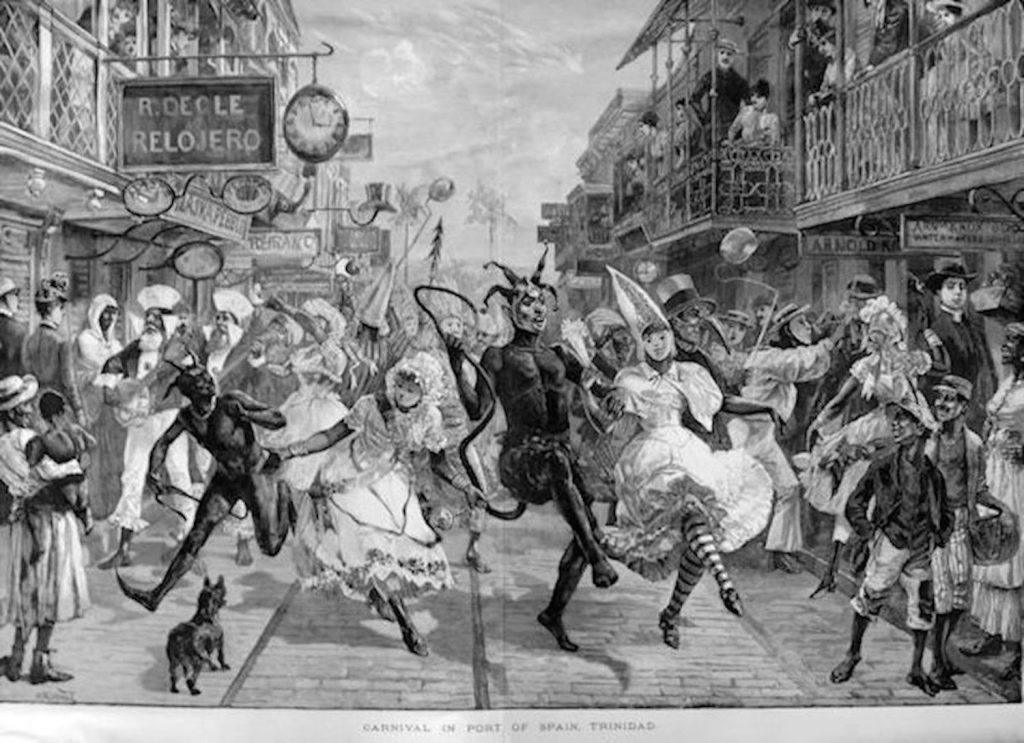
The origin of carnival celebrations can be traced back to the 18th century during slavery. The slaves were forbidden to attend their French masters’ “elegant” balls and parties before Lent. It is said that these fancy events were more like booze parties. Instead, the slaves improvised by creating their own parallel parties called “Canboulay”. Initially, it was celebrated as a three-day event preceding Ash Wednesday, but because of criticism and strong expressions made by the upper class about the desecration of the Sabbath, it was changed to a two-day event in 1943. Enslaved Africans brought their cultural practices, including music, dance, and masquerading, which merged with the European carnival traditions.
Nowadays, Trinidad Carnival is a two-day extravaganza filled with vibrant parades, showcasing the fusion of Afro-Caribbean and European elements. The celebration serves as a testament to the resilience of a people who transformed the pain of their past into a joyous and empowering cultural expression.
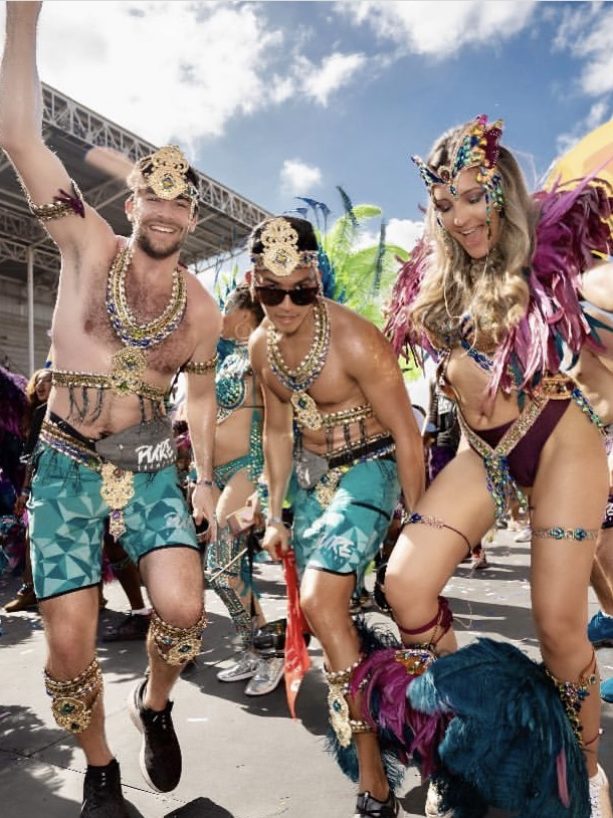
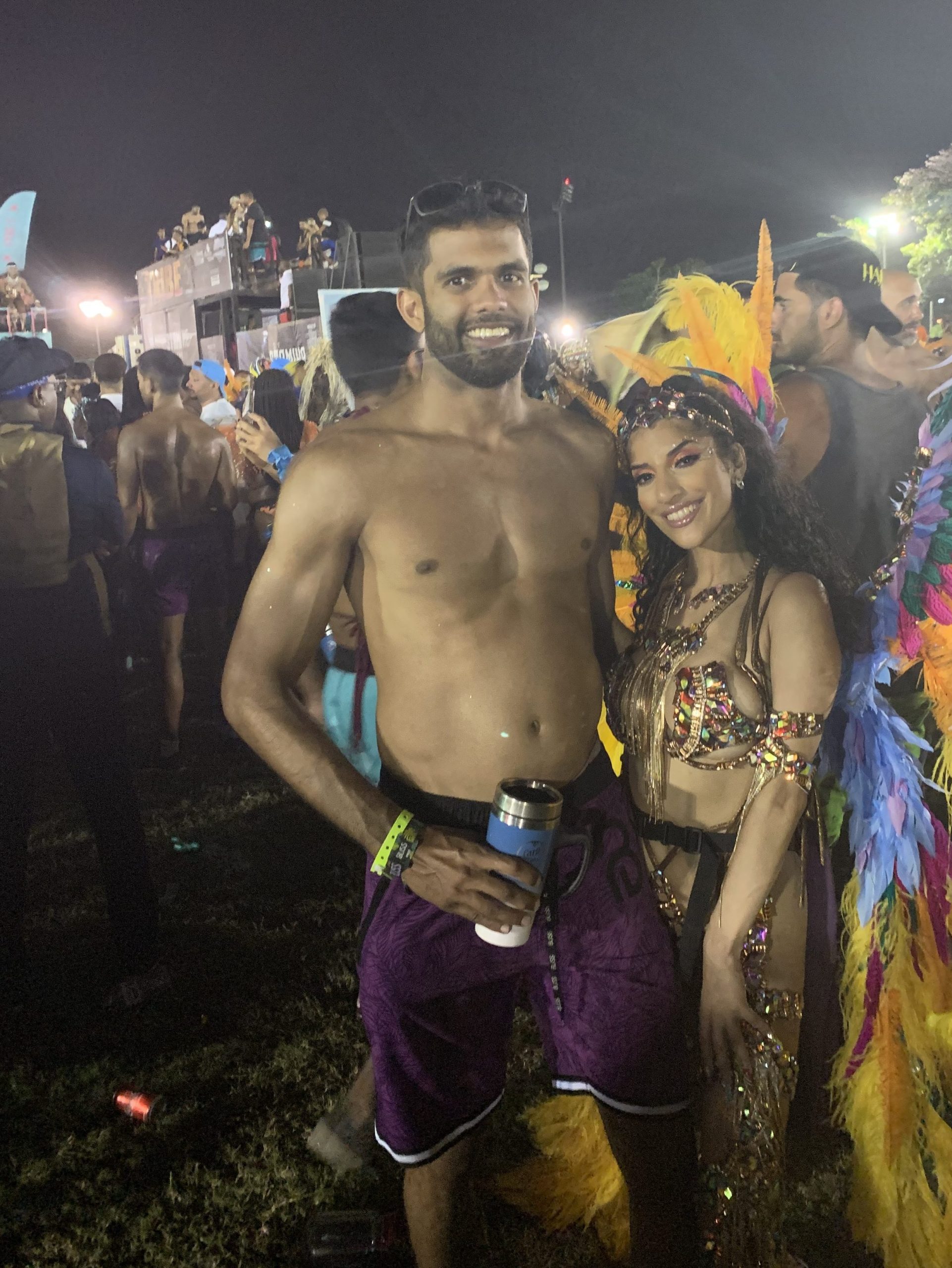
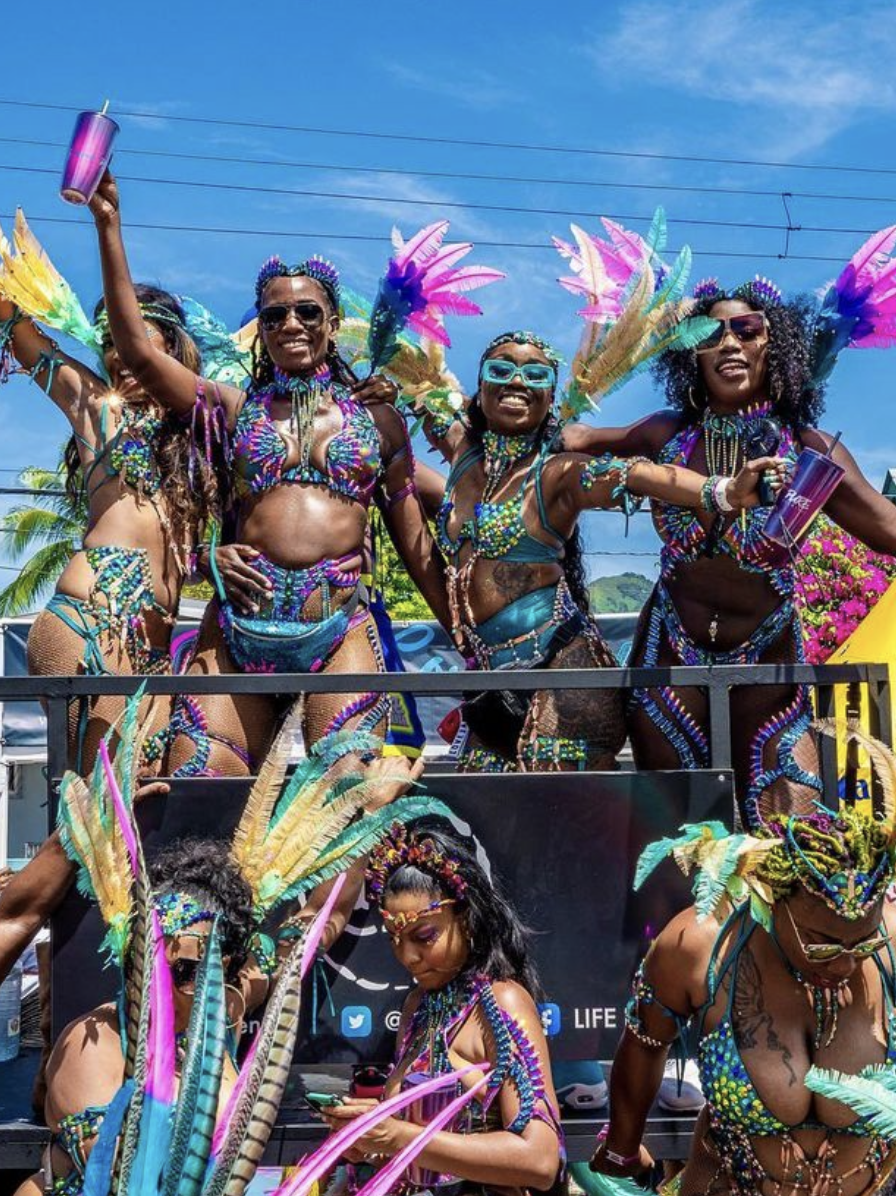
Trinidad Carnival has changed over time and according to some it has become a commercialized celebration, which raises concerns about where tradition and commerce meet. While some contend that commercialization dilutes the celebration’s originality, others argue that it has increased awareness worldwide and created new opportunities for the economy. Finding a balance between allowing for creative innovation and financial sustainability and maintaining the cultural integrity of Trinidad Carnival is important.
Carnival in Trinidad has gained international recognition and has become a significant tourist attraction. People from every corner around the world flock to the streets of Port of Spain to celebrate and experience the infectious energy and vibrant costumes. The flood of visitors fosters cultural exchange and a respect for Trinidadian customs in addition to providing economic benefits. But it is crucial to watch out that the celebration’s deeper cultural origins are not overshadowed by its commercialization.
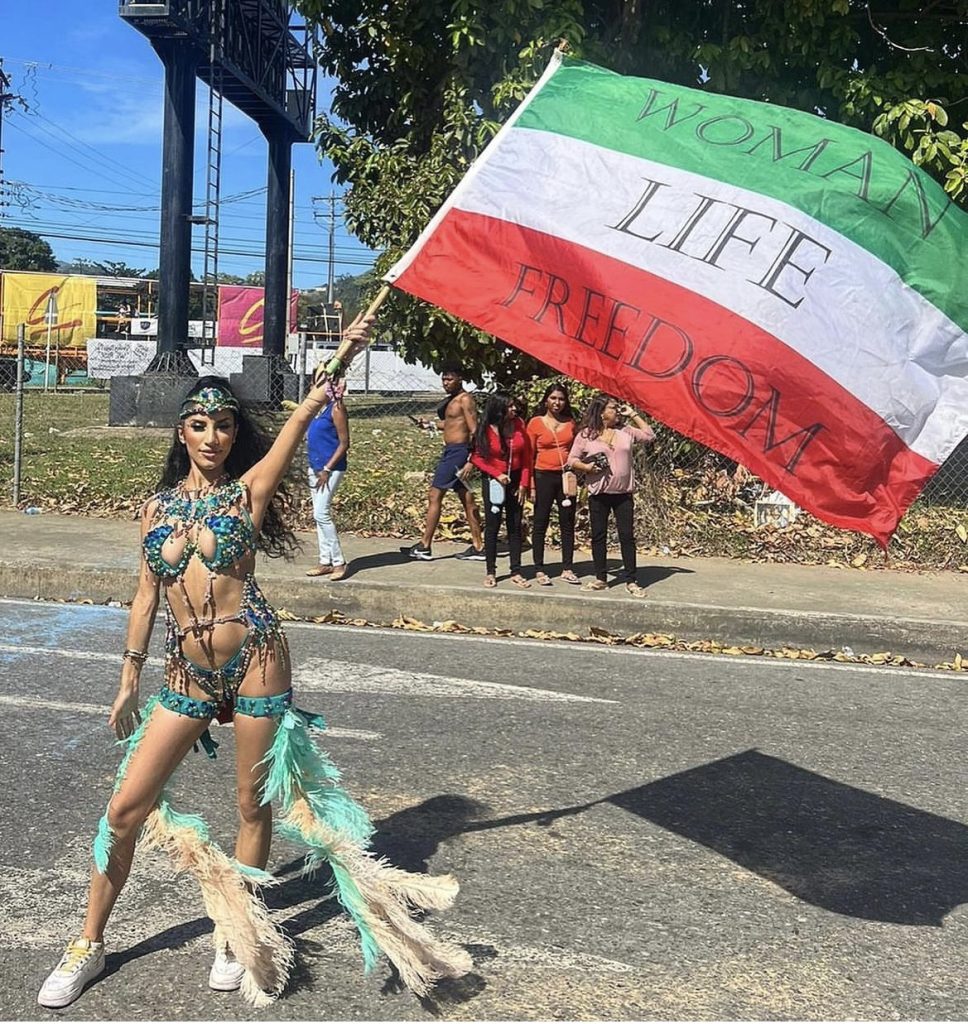
Beyond its commercial and touristic aspects, Trinidad Carnival holds a deeper significance as a form of resistance and empowerment. Carnival used to be a place where underprivileged groups could freely express themselves and challenge social norms. It served as a platform for criticism of society, protest, and the defense of cultural and individual identity. Even in modern times, carnivals provide a platform for social justice advocacy and the amplification of underrepresented voices.
Carnival is a colorful representation of the people of Trinidad and Tobago’s rich cultural legacy and resilience. It continues to be a potent symbol of celebration, solidarity, and resistance that draws revelers from all walks of life to appreciate the richness of its diverse cultural heritage.
References –
Adorno, T. and Horkheimer, M. (2002). The Culture Industry: Enlightenment as Mass Deception. [online] Available at: https://sites.evergreen.edu/arunchandra/wp-content/uploads/sites/395/2018/07/hork.pdf.
Bahadoor, B. (2023). Everybody Jumping on the Savannah Grass: How Carnival Became a Symbol of Trinidad and Tobago’s National Culture | Caribbean Quilt. jps.library.utoronto.ca. [online] Available at: https://jps.library.utoronto.ca/index.php/cquilt/article/view/38626/31517 [Accessed 30 Oct. 2023].
Farrar, M. (2019). The Caribbean Carnival. Caribbean Quarterly, 65(4), pp.553–574. doi:https://doi.org/10.1080/00086495.2019.1682357.
Green, G.L. and Scher, P.W. (2007). Trinidad Carnival: The Cultural Politics of a Transnational Festival. [online] Google Books. Indiana University Press. Available at: https://books.google.co.uk/books?hl=en&lr=&id=dGSnsW6rA6EC&oi=fnd&pg=PP1&dq=trinidad+carnival&ots=cJxAYEInrf&sig=1LdL-jVlR9ZJzwym5B85BSirIAI&redir_esc=y#v=onepage&q=trinidad%20carnival&f=false [Accessed 30 Oct. 2023].
Mason, P. (1998). Bacchanal!: The Carnival Culture of Trinidad. [online] Google Books. Temple University Press. Available at: https://books.google.co.uk/books?hl=en&lr=&id=e13fDWVHxZwC&oi=fnd&pg=PA7&dq=trinidad+carnival&ots=6EW52KrMer&sig=0cYJx0VfX_k-wIXYShSs1suA2cU&redir_esc=y#v=onepage&q&f=false [Accessed 30 Oct. 2023].
Nurse, K. (1999). GLOBALIZATION AND TRINIDAD CARNIVAL: DIASPORA, HYBRIDITY AND IDENTITY IN GLOBAL CULTURE. Cultural Studies, 13(4), pp.661–690. doi:https://doi.org/10.1080/095023899335095.

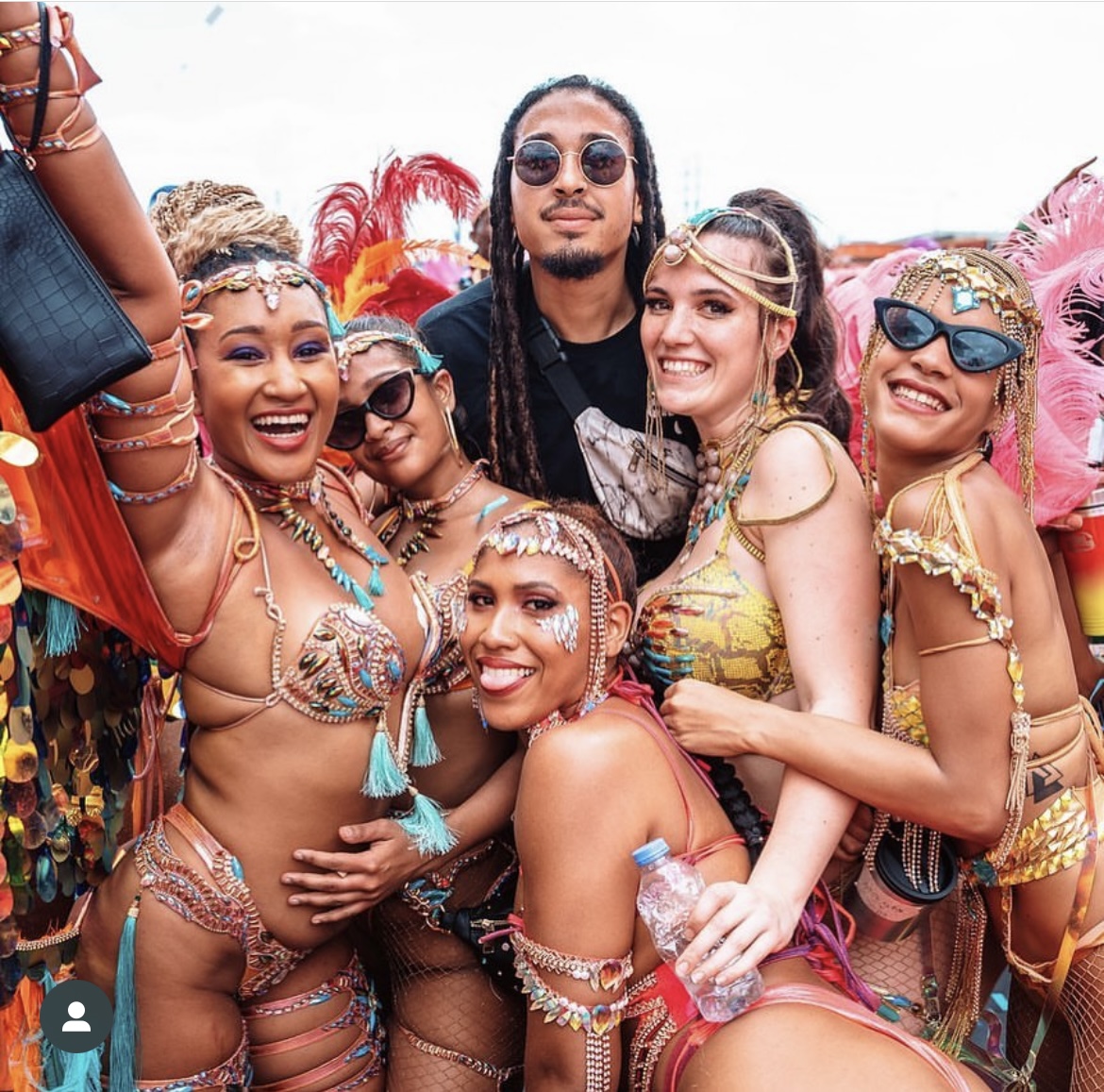
Coming from a Caribbean background myself (Jamaica), it was important for me read your blog. I also thought it was great how you not only just referenced Horkheimer and Adorno but also broke down the history behind Trinidadian carnival, because as you mentioned with it being so commercialised nowadays, it’s easy for people to forget the true meaning.
A really insightful read this was.